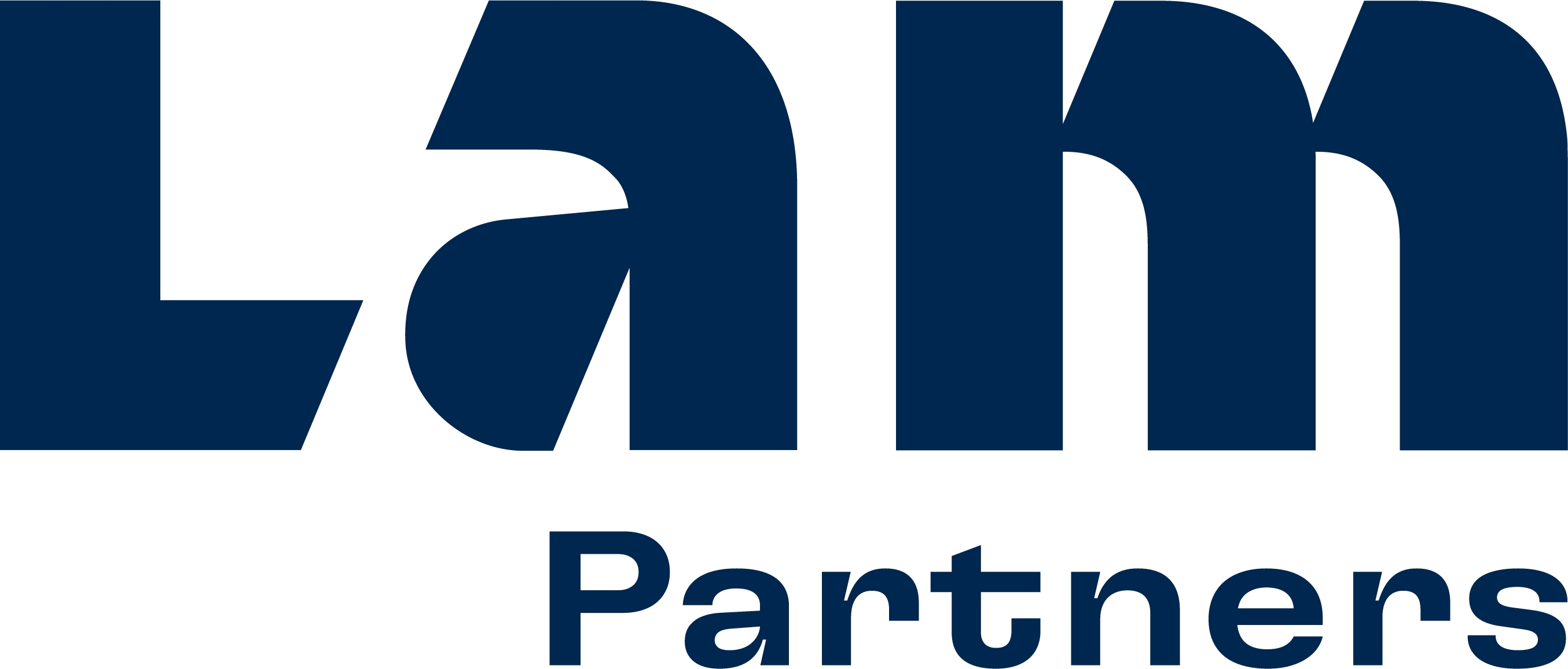Prize(s) Honorable Mentions
Lighting Design/Product Company Lam Partners
Lead Designers Glenn Heinmiller
Other Designer's names Sahebghalam, Molly Bowman
Architecture Company Jacobs
Client Confidential
Photo Credits Anton Grassl
Completion Date August 2024
Project Location Cambridge, MA, USA
Entry DescriptionThis 346,000-square-foot genetics research center unites more than 700 scientists and researchers in Boston’s Seaport District, advancing RNA and DNA-based therapies to develop life-changing medicines. The design reflects the themes of transparency and energy—brought to life through light.
Lighting supports both precision and inspiration: high-quality illumination meets critical lab tasks while eliminating glare and excessive contrast. In the laboratories, efficient and cost-effective fixtures deliver high light levels with minimal energy use, allowing resources to be redirected to enhance shared environments. Offices feature flowing, curvilinear direct/indirect fixtures inspired by organic forms, creating a sense of movement and connection.
Meeting rooms feature layered, adjustable lighting that ensures soft, glare-free facial illumination for seamless videoconferencing worldwide. Collaboration zones and cafés offer flexible lighting controls that adapt to activities, fostering comfort and engagement. Carefully tuned fixture wattages achieved extremely low lighting power densities—42% below code in labs—while occupancy sensors further optimized efficiency. Every light is purposeful, contributing to a luminous environment that balances innovation, wellbeing, and energy responsibility.
Sustainability ApproachSustainability is integral to the lighting design through efficiency, control, and intentional restraint. Each fixture was carefully selected and tuned to minimize power use while meeting rigorous scientific lighting needs. Laboratory lighting achieves an impressive 0.77 W/ft²—42% below code—providing bright, glare-free environments with minimal energy demand. Occupancy sensors further reduce consumption, even where not required. Throughout the facility, light is applied only where needed, eliminating waste and glare. These strategies extend beyond compliance, optimizing resources, reducing environmental impact, and creating a luminous, high-performance research environment that supports innovation responsibly.


